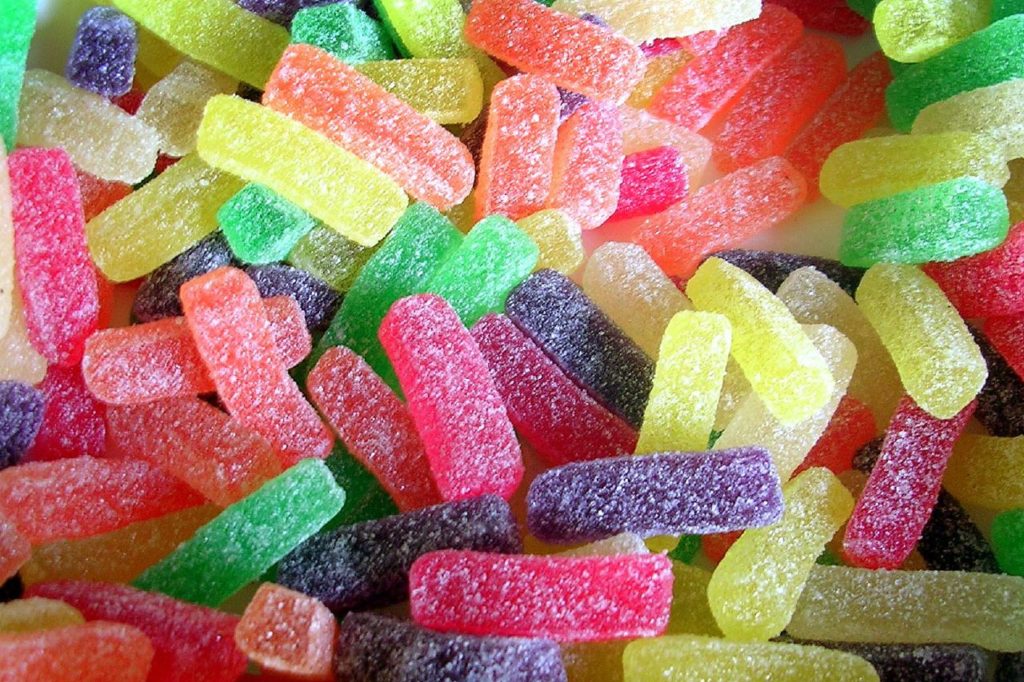Cannabis workforce educators SeedCrest have taken on a new project to help educate parents about safety around cannabis edibles. We caught up with SeedCrest founder and CEO Shanon Jaramillo to talk about the exciting new program.
The Paper: SeedCrest is working on a cannabis safety campaign. Can you tell us about it?
Jaramillo: SeedCrest was commissioned by a local manufacturing company to stand up the Cannabis Safety Council and to put together some public service messaging and education for the community—primarily for families—that helps to educate around cannabis and edible safety. The trigger for that was the fact that kids are getting these edibles. These folks came to me, and they had a message called “Check your treat before your eat,” and they had this little cartoon for kids, but I felt like there was just so much more to do. That caused me to get knee-deep—if not eyeball-deep—in what was going on nationwide and even locally.
I’ve been having conversations with the poison control here locally and the DOH [Department of Health] and we’re looking at putting this educational initiative out and launching it here in the next three months. It’s a message that goes out to parents and families that have children. They are shown a video about edible safety, and we express the importance of the messaging.
You have two conversations going on right now. You have one going on where there’s parents out there that think of cannabis as a medicine for their children. We’ve got all this great evidence that it’s working for kids with cancer and epilepsy and seizure disorders. Then you have the other end of the spectrum, where there’s a disconnect around how to stay safe around cannabis, and we see these toddlers—two to three years old—getting edibles in their own homes, or outside of their home at a friend’s home or at school.
Our initiative is to shed light on the importance of cannabis edible safety, and we’re focusing on three areas primarily. The first is starting the conversation about overall safety and how regulators regulate it. The second is safe storage and transportation of the product. And the third is how to have the conversation with your teens and your kids.
It’s a short module that we’ve created that will be sponsored and free for the public. We’ve also got some other little videos and things that they can tap into for as resources for their children. We’ll be launching it here at the end of March.
How high is the danger posed by edibles to kids?
The symptoms are severe. I want to say that the onus is really on the parents to educate their children, because there is a high danger for children. These children are expressing symptoms of vomiting, going into a coma, even so far as some of them needing breathing assistance. I feel like the danger goes from a range: “My kids vomiting, because they ate a little bit, but I can maintain that at home” to “My kids been poisoned.” And what’s happening is that the normal dose for an adult is anywhere between five to 20 milligrams—usually 10 milligrams—but these children obviously don’t know what they’re eating, and they’re eating too much of it. So parents to have to call poison control.
But we think that there’s a way to mitigate that, and that’s by teaching parents that it’s okay to have “the conversation”—kind of like the sex talk or the alcohol talk. We need to casually incorporate this marijuana conversation into those same talks and let them understand how things are labeled.
If someone gives you something to eat, it might have THC in it. That’s the times that we live in with the availability of cannabis right now.
The media has been focusing on brand labeling. What level of responsibility do cannabis manufacturers have in making products less attractive to kids?
I think it’s definitely going to take a whole community. People often point directly back to the regulated market, but some of it is illicit market and black market. We’re also finding that the symbols on the packaging, they differ in every state. So even if I were to teach your kids today about New Mexico’s symbols, if a Colorado or Oklahoma package comes in, they’re at a loss. We have had those instances actually happen in New Mexico.
We are initiating a pre-reader symbol that is called the Yuk Mouth. We can label the packages with the symbol, and kids will see it and know, “That’s not for me.” It looks like this pot leaf with this little face that’s going (makes yuk face). And the whole community can use that.
Yes, we’re regulating edibles, and they have the symbol on the package. They’re childproof. It’s not marketed so that it targets kids. But we’re going the extra step of getting the dispensaries involved at the retail point so that they’re giving out these yuk stickers for parents to add an extra layer.
Is there anything parents can do to educate themselves while they wait for the program launch?
I think that it’s important that New Mexicans understand their resources, and where to go. If their child gets a hold of an edible, and they’re seeing the symptoms, they can call poison control.
But the state is working on education. I know that they’re looking at funding the Department of Health regarding this topic and giving New Mexicans resources around it, and also enabling the dispensaries to get information out. Some of the dispensaries are already working on this and doing it in their own way, but getting the community to come together around it is going to be important. We don’t want New Mexico to follow suit with these other states. We want to be a state that provides a model that works for other states.
H/T: abq.news



